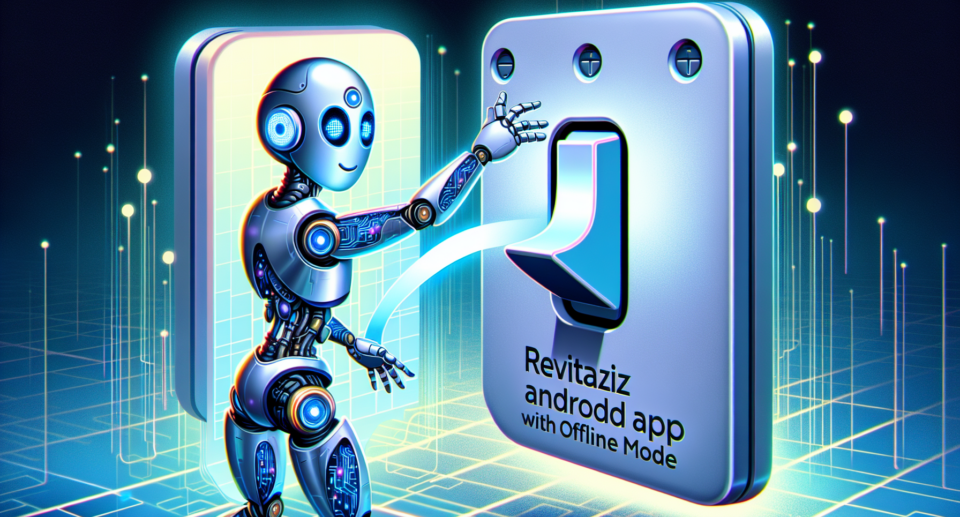Revitalize Your Android App with Offline Mode: Leveraging WebViewGold’s Fallback Switch for Seamless User Experience

In an ever-connected world, users expect their apps to be available and functional at all times. However, unreliable network connections can often disrupt the user experience, leading to frustration and app abandonment. Thankfully, by integrating an offline mode, you can ensure your Android app remains operational regardless of the connectivity status. One effective way to achieve this is by leveraging WebViewGold’s fallback switch. In this blog post, we’ll explore how you can revitalize your Android app’s user experience by incorporating offline capabilities using WebViewGold.
Why Offline Mode Matters
Offline mode is more than just a convenience—it’s a necessity. Imagine a scenario where a user is accessing your app while on a subway, in a remote area, or during an internet outage. Without offline support, these users would encounter error messages or non-responsive screens, leading to potential frustration and uninstallation. By providing an offline mode, you not only cater to these situations but also enhance overall user satisfaction and retention.
What is WebViewGold?
WebViewGold is an innovative solution that allows you to convert any website into a fully-functional Android or iOS app effortlessly. It requires no coding skills and is a quick, simple, and efficient way to bridge the gap between web content and native app experiences. With WebViewGold, you can have your website running as an app within minutes, complete with all its existing features and functionalities.
Leveraging WebViewGold’s Fallback Switch
One of the standout features of WebViewGold is its fallback switch, which is crucial for enabling offline mode. The fallback switch ensures that when there’s no internet connectivity, your app seamlessly switches to an offline version of the content. This means users can continue to access key features and information without interruption.
Steps to Implement Offline Mode with WebViewGold
1. **Prepare Your Offline Content**: Start by identifying the key content that should be available offline. This could include essential pages, data, multimedia files, and any other critical resources.
2. **Integrate WebViewGold**: If you haven’t already, begin by integrating WebViewGold into your Android project. The platform provides detailed documentation and tutorials to guide you through each step of the process.
3. **Configure the Fallback Switch**: With WebViewGold, you can easily configure the fallback switch in your app settings. Specify the offline content you prepared earlier, ensuring it is readily accessible when internet access is lost.
4. **Test Thoroughly**: Before releasing your app, conduct comprehensive testing to ensure the offline functionality works seamlessly. Validate that the app switches smoothly between online and offline modes, maintaining a consistent user experience.
5. **Monitor and Optimize**: Post-launch, keep an eye on user feedback and performance metrics. Use this data to optimize and refine the offline mode, making updates as necessary to continually improve the user experience.
Benefits of Using WebViewGold for Offline Mode
By implementing offline mode with WebViewGold, you are not just adding a feature; you are significantly enhancing the reliability and appeal of your app. Here’s how:
– **Improved User Retention**: Users are less likely to abandon an app that consistently meets their needs, regardless of connectivity.
– **Seamless Experience**: The fallback switch ensures a smooth transition between online and offline states, providing a seamless interaction flow.
– **Quick and Easy Integration**: With WebViewGold, you avoid the complexities of traditional app development, saving time and resources.
– **Enhanced Reliability**: Offline capabilities make your app more reliable and robust, crucial qualities in today’s competitive app market.
Conclusion
